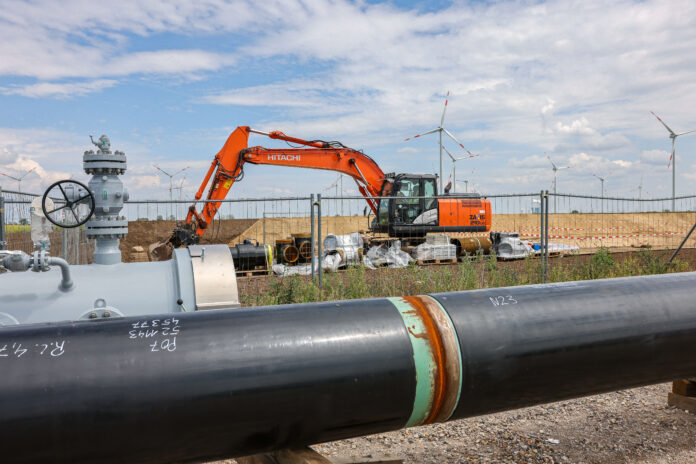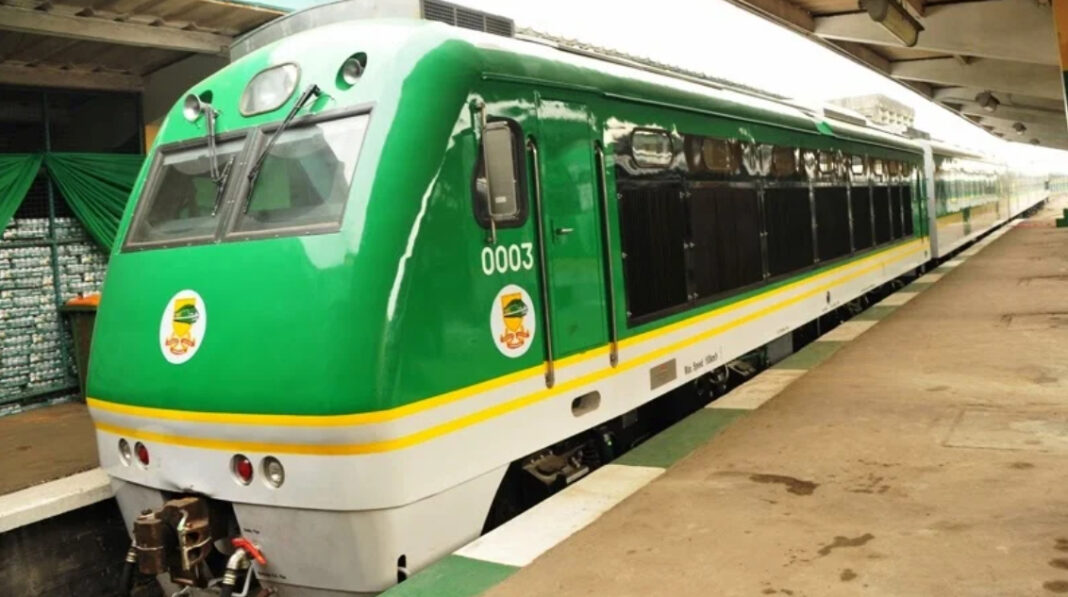Agency Report
Essen, Germany – The first 525 kilometres of Germany’s new nationwide hydrogen network are expected to be completed this year, the gas network operators behind the project told dpa.
“We currently have no knowledge of delays over the course of 2025,” the industry association, known as FNB Gas, said.
Environmentally friendly-produced hydrogen is expected to play a central role in Germany’s future economic system alongside electricity from renewable sources. As an energy carrier, it is anticipated to generate electricity in new gas power plants when the sun is not shining and the wind is not blowing.
In Germany’s manufacturing industry, hydrogen is expected to replace carbon in steel production, thus avoiding large amounts of climate-damaging carbon dioxide.
The Federal Network Agency, Germany’s main infrastructure authority, approved the so-called hydrogen core network in October. By 2032, it is expected to expand to 9,040 kilometres, connecting important hydrogen sites in all federal states, such as ports, production locations and industrial centres.
The total costs of approximately €19 billion ($19.6 billion) are to be borne by private industry, with state support through the capping of network charges.
The hydrogen pipeline is to run from the Baltic Sea to the state of Saxony-Anhalt in eastern Germany, with the longest converted core network section of nearly 400 kilometres set to be operational this year. In addition, a nearly 25-kilometre hydrogen line is to be created in Saxony-Anhalt between Bad Lauchstädt and Leuna-Süd through a pipeline conversion.
For the total project, about 40% of the pipelines will be newly built, while the roughly 60% of existing natural gas pipelines will be converted. For the first 525 kilometres, 507 kilometres of existing pipelines will be converted.
Longer sections are also expected to be completed in western Germany as part of the Get H2 initiative, including a 50-kilometre conversion line between the states of Lower Saxony and North Rhine-Westphalia and a new 11-kilometre line that is to connect an underground hydrogen storage facility to the grid by 2027. In Lower Saxony, energy group RWE intends to commission a 100-megawatt electrolyser for hydrogen production in 2025.
The aim is to make the 525 kilometres of pipelines operational for hydrogen transport by the end of 2025. Whether hydrogen will actually be flowing to consumers by then is something the pipeline operators cannot yet say.
“That is a question for the market, namely the traders,” industry group FNB Gas said.
In 2026, the core network’s development will then progress more slowly. According to the plans, around 142 kilometres of hydrogen pipelines are to be completed, of which only 2 kilometres will be newly built, FNB Gas said.
By Helge Toben




